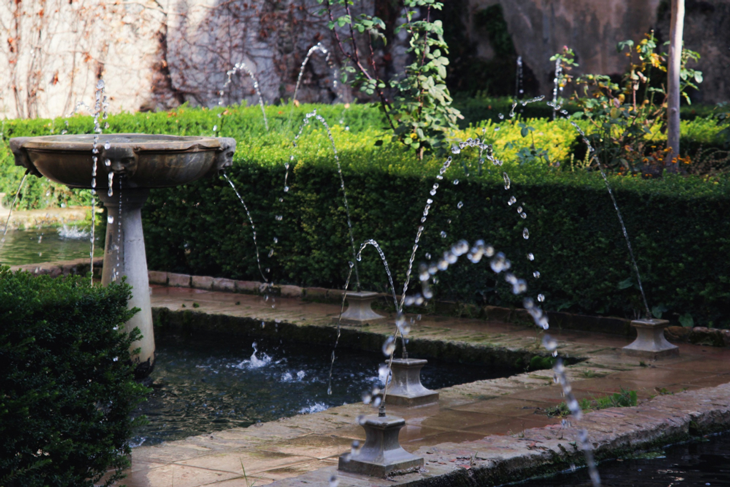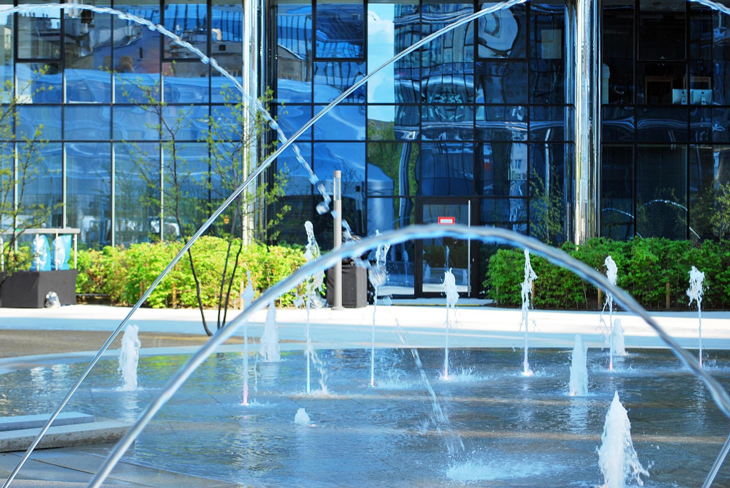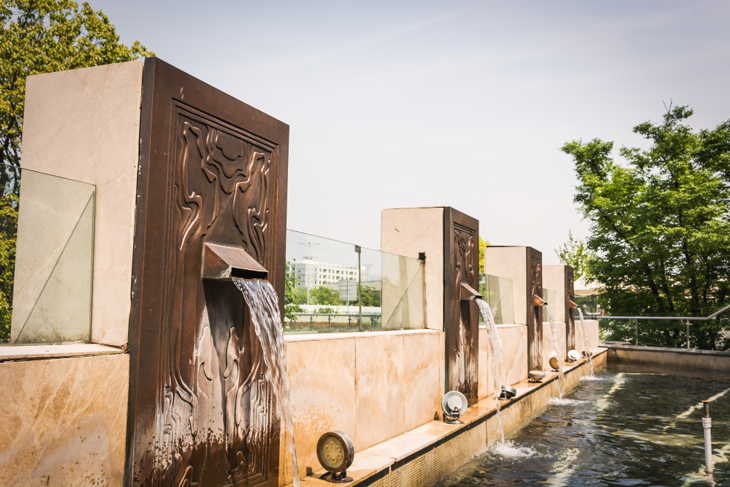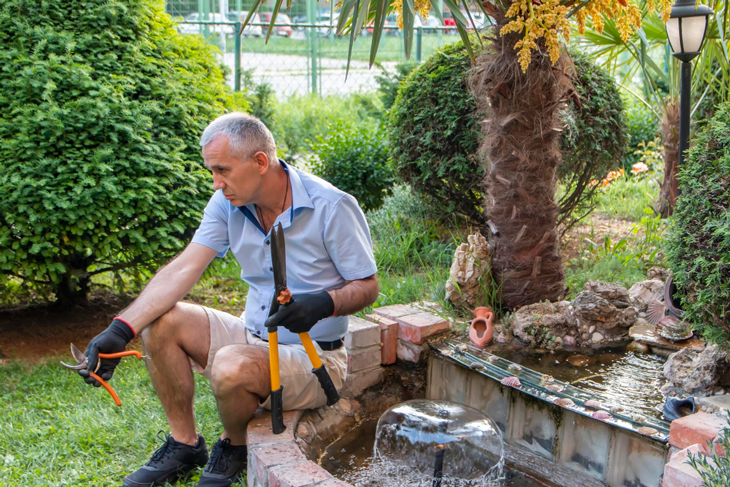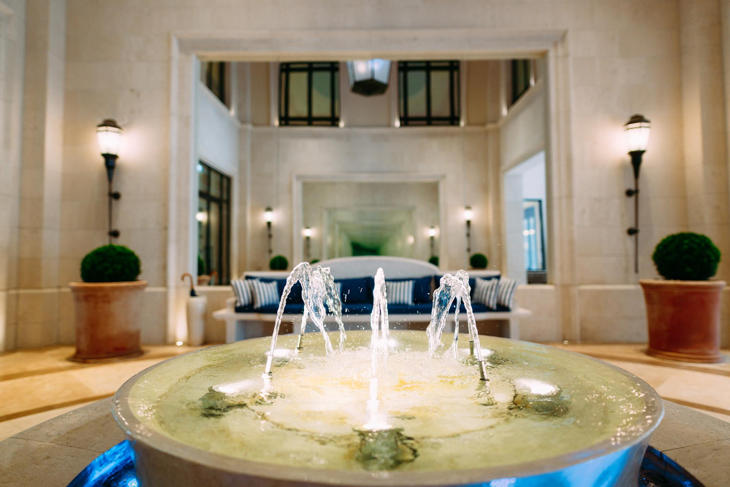How Water Fountains Transform Your Garden Space: A Complete Guide
Water fountains have been centerpieces of beautiful landscapes for centuries, from the grand displays of ancient Rome to the elegant gardens of Versailles. Today, homeowners are rediscovering the transformative power of water features in their own outdoor spaces.
The Multisensory Magic of Water Features
A fountain isn't just something to look at—it engages all your senses. The gentle sound of flowing water creates a natural white noise that masks street sounds and neighbors' conversations, instantly making your garden feel like a private retreat. The visual movement draws the eye and creates a focal point that makes even small gardens feel intentionally designed. On hot summer days, the subtle cooling effect and increased humidity around a fountain can make your outdoor space more comfortable.
Choosing the Perfect Fountain for Your Space
When selecting a fountain for your garden, consider both practical and aesthetic factors:
Size and Scale: Your fountain should be proportional to your space. A massive tiered fountain might overwhelm a tiny courtyard, while a small birdbath-sized feature could get lost in a sprawling landscape.
Style: The design should complement your home's architecture and your existing landscaping. A sleek, modern fountain with clean lines pairs beautifully with contemporary homes, while classical tiered designs or lion head wall fountains may better suit traditional architecture.
Material: Today's fountains come in various materials, each with distinctive characteristics:
- Cast stone offers the look of aged European fountains and develops a beautiful patina over time
- Fiberglass options provide lightweight durability and can mimic more expensive materials
- Copper and bronze develop a living finish that changes with exposure to the elements
- Ceramic fountains bring vibrant colors and artistic designs to the garden
Water Capacity: Larger fountains require more water and potentially more maintenance. Consider your climate—in areas with high evaporation rates, you'll need to refill more frequently.
Strategic Placement Principles
Where you position your fountain dramatically impacts its effect on your landscape:
Entryway Placement: A fountain near your garden entrance creates an immediate sensory welcome for visitors and sets the tone for the entire space.
Destination Points: Placing a fountain at the end of a garden path creates a journey through your landscape with a beautiful reward.
Problem-Solving Placement: Strategic fountain positioning can mask unwanted noise from roads or neighbors, or draw attention away from less attractive but necessary elements of your property.
Viewing Angles: Consider where you'll most often view the fountain from—perhaps from your patio, through specific windows, or as you move through the garden.
Enhancing Your Fountain with Landscaping
The plantings around your fountain can either harmonize with or provide dramatic contrast to your water feature:
Complementary Plants: Ornamental grasses create movement that echoes the water's motion, while moisture-loving plants like ferns and hostas thrive in the fountain's microclimate.
Night Lighting: Submersible LED lights create dramatic effects after dark, extending your enjoyment into evening hours.
Hardscaping Integration: Consider surrounding your fountain with appropriate paving that both frames the feature and provides practical access for maintenance.
Seasonal Considerations
Fountains require different care throughout the year:
Spring Startup: Clean the basin, check pump functionality, and prepare for the active season.
Summer Maintenance: Regular cleaning and water level monitoring prevent algae growth and pump damage.
Fall Preparation: In colder climates, drain and winterize your fountain before freezing temperatures arrive.
Winter Protection: Proper covers or indoor storage for smaller fountains protect your investment.
Energy and Water Conservation
Modern fountain designs have become increasingly eco-conscious:
Solar Options: Solar-powered pumps eliminate electricity costs and allow flexibility in placement.
Recirculating Systems: Today's fountains use recirculating pumps that minimize water consumption.
Rain Collection Integration: Some innovative designs can connect to rain barrels for sustainable water sourcing.
Beyond Decoration: The Wellness Benefits
The addition of a water fountain to your garden does more than enhance its beauty. Studies have shown that the sound of flowing water reduces stress levels and promotes relaxation. The negative ions produced by moving water may improve air quality and boost mood. For many, a garden fountain creates a natural meditation spot—a place to pause and find a moment of tranquility in our busy world.
Whether you choose a dramatic waterfall fountain that becomes the star of your landscape or a subtle bubbling urn that adds gentle background music to your garden, a thoughtfully selected and properly placed fountain creates a sensory-rich experience that transforms an ordinary outdoor space into a personal sanctuary.
Visit our showroom to explore our collection of garden fountains and speak with our design specialists about finding the perfect water feature for your outdoor space.

